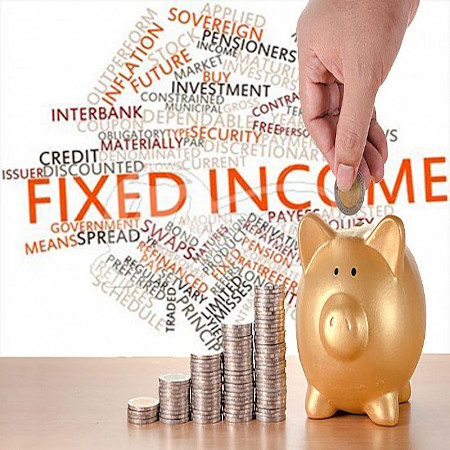It is no secret that 2022 has been a rough year for pretty much all asset classes across the board. While US equities have fallen more than 20%, the average fixed-income security hasn’t fared much better: Most are down at least 10%. Of course, bonds and other fixed-income assets are supposed to offer diversification benefits and provide something of a cushion for when the equity component of a portfolio runs into rough times. Clearly, they are not performing these functions especially well of late. With this in mind, we sought to understand when fixed-income assets have actually done what portfolio managers and investors expect them to do.
What lesson can we draw from this? That it is preWFIGOely when fixed income’s diversification benefits are most needed — during a recession — that they are least effective.
We looked at returns for the S&P 500 and the average total bond fund going back to 1970 and analyzed how the correlations between them have changed over time. We tested the correlations over different interest rate environments as well as in changing rate environments. So, what did we find? With the federal funds rate serving as a proxy, the highest correlation between fixed-income and equity returns has occurred in rising rate environments. This mirrors the current predicament. As the US Federal Reserve seeks to rein in inflation, bond returns are not ameliorating the equity market losses but are, in fact, falling more or less in tandem with stocks.
Indeed, we find that the correlation between stocks and bonds is lowest in flat interest rate environments. Whether this is because such environments correspond to the most stable of economic times is an open question. Nevertheless, whatever the cause, bonds and fixed income seem to offer the most diversification benefits and the least correlation with equities when interest rates are static. Average Stock-Bond Correlation by Rate Environment Rising Rates 0.5257 Flat Rates 0.3452 Falling Rates 0.4523 We next examined stock-bond correlations during low, medium, and high interest rate environments, that is when the federal funds rate is below 3%, between 3% and 7%, and above 7%, respectively. Here, we found that stock and bond correlations are highest when the federal funds rate is above 7%. Conversely, bonds offer the most diversification benefits, or the least correlation with equities, during low rate environments. Stock-Bond Correlations in Different Federal Funds Rate Environments Above 7% 0.5698 Between 3% and 7% 0.4236 Under 3% 0.2954 Finally, we explored how the benefits of diversification shift during recessions. To do this, we isolated the correlation between stocks and bonds at the outset of each of the seven recessions that have occurred since 1970 and then compared that to the stock-bond correlation at the conclusion of that particular recession. In five of the seven recessions, the correlations increased, with the largest spikes occurring during the 1981 recession and in the Great Recession.



